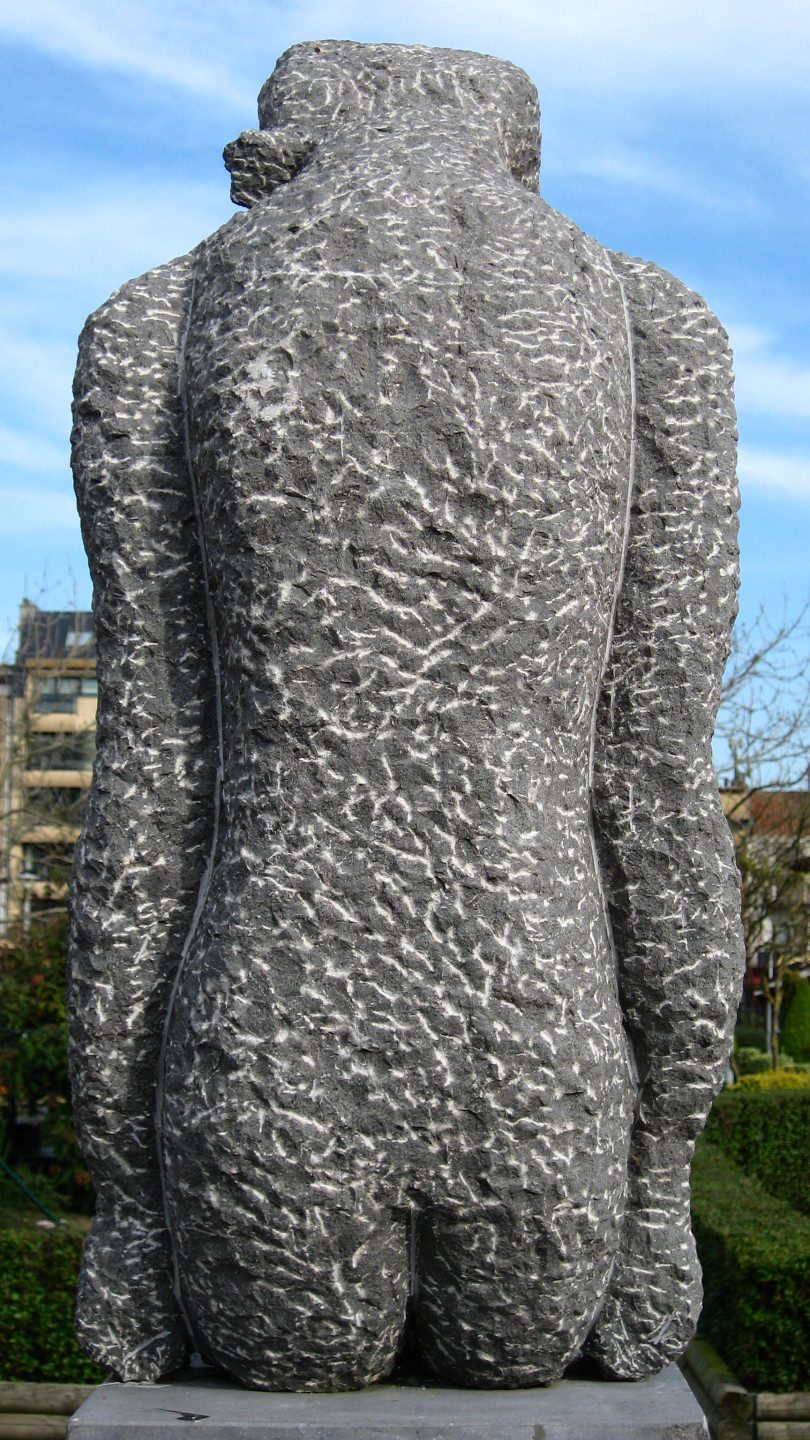Today I’m talking back pain, one of the biggest issues my patients face. Eight out of ten of you will experience back pain at some point in your lives. Usually, the back pain will go away on its own, though it may take a while. For typical back pain, treatment is simply hot and cold packs and rest.
A few times a day, rest your back on a cold pack for no more than 20 minutes. Then, rest it on a hot pack for up to 20 minutes. It will feel great, and generally your back will start feeling better fairly quickly. You can also help your pain by taking analgesics, such as aspirin or ibuprofen. Make sure you don’t have health problems that prevent you from taking these medications.
There’s really no need for you to see a doctor at first. You should call your doctor only if your pain does not go away after three days. Of course, if your back pain follows a fall or there are other neurological symptoms, such as numbness, you do need medical attention. And, if you have a medical history of cancer or osteoporosis, it is also good to see a doctor.
One treatment that is probably overused for simple back pain is a Magnetic Resonance Imaging test or MRI. An MRI is almost always an unnecessary test. You might see an abnormality on your MRI, but except in the rarest of instances, the treatment will be the same: home care, hot and cold packs and rest.










